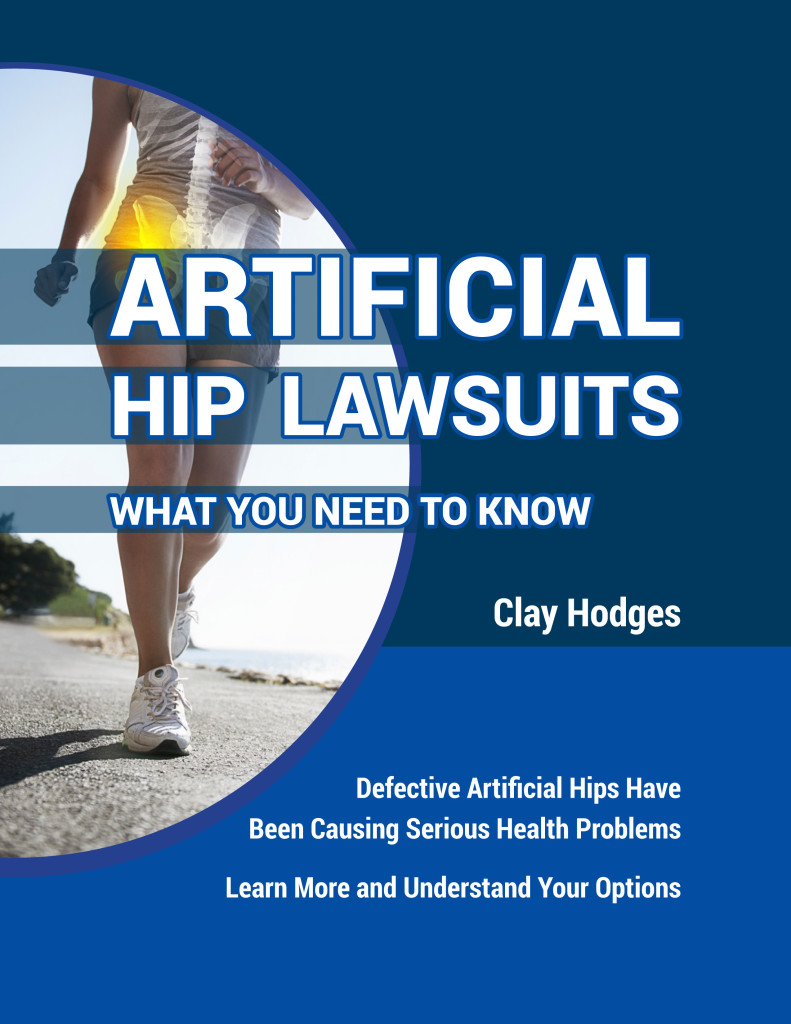Over the past several weeks we have reviewed the Depuy ASR Settlement Agreement, and recently the Part B extraordinary injury money awards that are available to qualified injured people. You can read about the Part B “Extraordinary Injury Fund” (“EIF”) here, and about Part B “Miscellaneous Injuries” here.
 In this post I want to talk about the “Future Matrix,” which is a section in both settlement agreements that provides a pathway for individuals to pursue additional compensation when a problem arises after the original settlement has been signed and initial payments have been made. It can be a very useful option for recovering additional money if a serious health problem arises after the initial settlement has been paid and resolved. Let’s jump in.
In this post I want to talk about the “Future Matrix,” which is a section in both settlement agreements that provides a pathway for individuals to pursue additional compensation when a problem arises after the original settlement has been signed and initial payments have been made. It can be a very useful option for recovering additional money if a serious health problem arises after the initial settlement has been paid and resolved. Let’s jump in.
 North Carolina Product Liability Lawyer Blog
North Carolina Product Liability Lawyer Blog







